A Faithful Friend’s Farewell

When a bond so deep starts to unravel, a pet’s heavy heart begins to travel down a path of sorrow, a poignant scene. For creatures great and small, the sting of loss can truly enthrall their senses, leaving an imprint that time cannot erase. Consider the loyal dog who, for years, greeted their human with a wagging tail and joyful bark. Now, the house feels empty, the familiar scent lingers but the warmth is gone, leaving a void in their furry heart. They might wander through rooms, searching for their lost companion, their whimpers echoing the silence that has fallen.
Experts in animal behavior have observed that dogs often exhibit behavioral changes indicative of grief, such as decreased appetite, lethargy, and altered sleep patterns. This isn’t merely a change in routine; it’s a deep emotional response to the absence of a loved one. Their attachment to their humans, built on years of shared experiences and unwavering affection, creates a profound sense of loss when that connection is severed. The sadness they display is a testament to their capacity for love and the depth of their emotional lives, a heartbreaking reminder of the precious bonds we share.
When a Cat’s Companion Departs
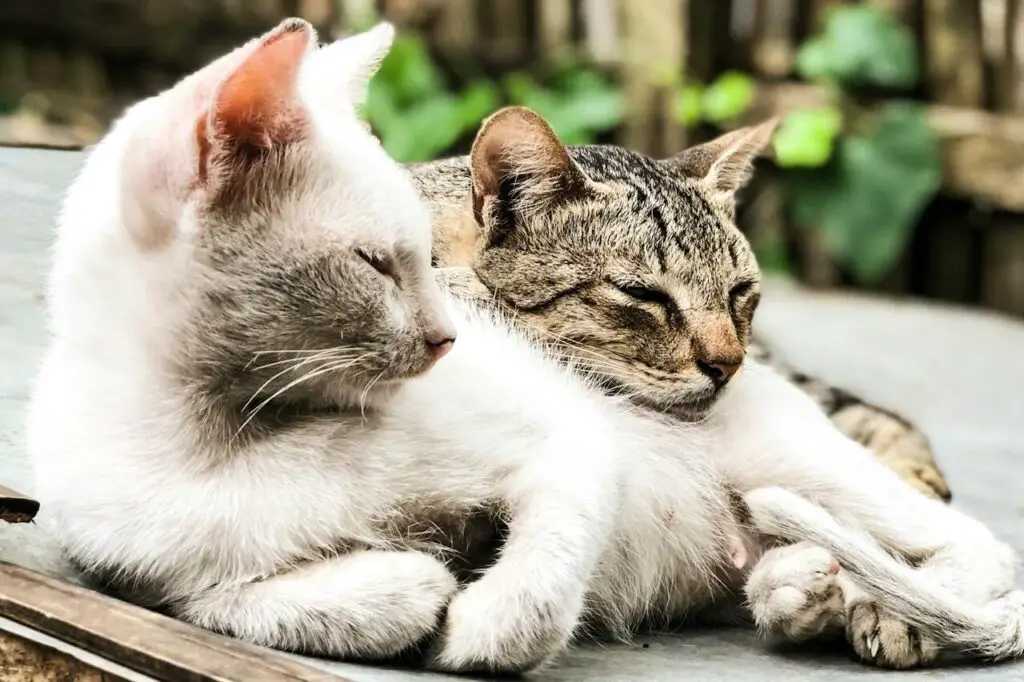
A feline friend, so sleek and sly, might seem aloof as the days drift by, but when their bonded mate is no longer near, a subtle sadness becomes crystal clear. They might meow with a plaintive tone, a lonely sound within their home, searching in familiar spots where their companion used to lie, a silent tear in their emerald eye. The playful pounces and gentle nuzzles shared now exist only in memory, a bittersweet ache in their small chest.
Veterinary professionals note that cats, while often perceived as independent, form strong attachments and can experience significant grief. Changes such as withdrawal, decreased grooming, and increased vocalization can signal their distress. They might refuse food or water, further highlighting the emotional impact of their loss. The absence of a familiar scent, the lack of shared warmth, and the disruption of their social dynamic can all contribute to their grieving process, a quiet sorrow that speaks volumes about their capacity for deep connection.
Elephants Remembered
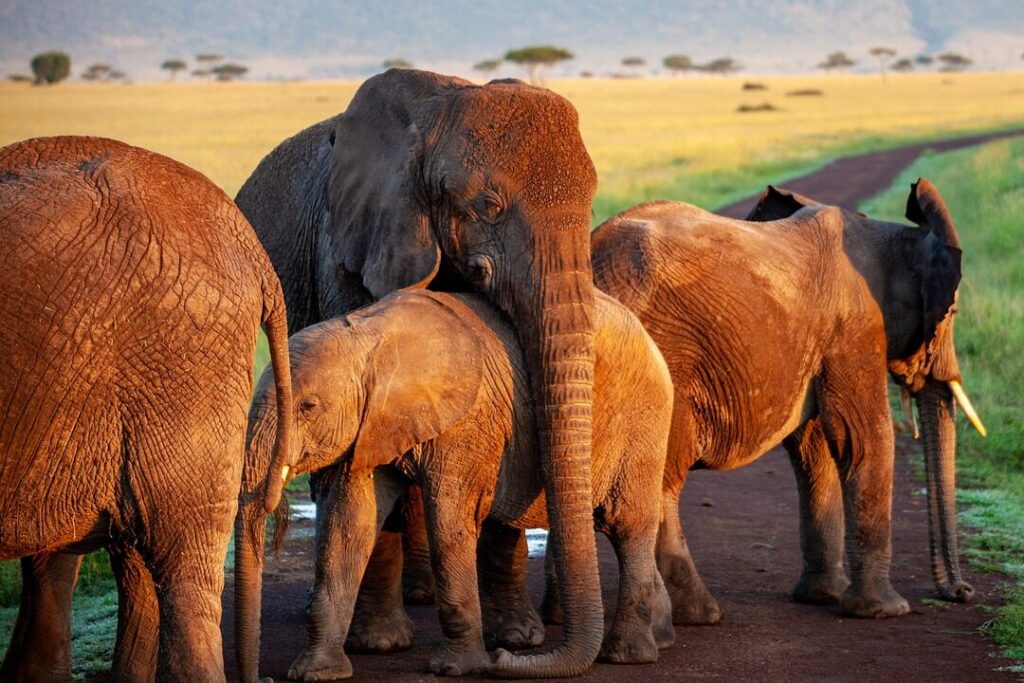
In the realm of giants, where memories reside, an elephant’s sorrow, they cannot hide. When a matriarch falls, or a calf is gone, the herd’s mournful trumpeting plays a sad song. They touch the bones, a ritual deep, their silent grieving, secrets they keep. Their complex social structures reveal bonds that run incredibly deep, a tapestry of kinship that loss can sharply weep.
Researchers who study elephant behavior have documented their profound responses to death, including touching and examining the remains of deceased individuals, sometimes for extended periods. This behavior suggests a level of recognition and understanding of death. Their strong family units and intricate communication networks amplify the impact of loss, with grieving behaviors observed across all age groups. The visible distress and apparent rituals surrounding death underscore the deep emotional capacity of these magnificent creatures.
Primates’ Farewell
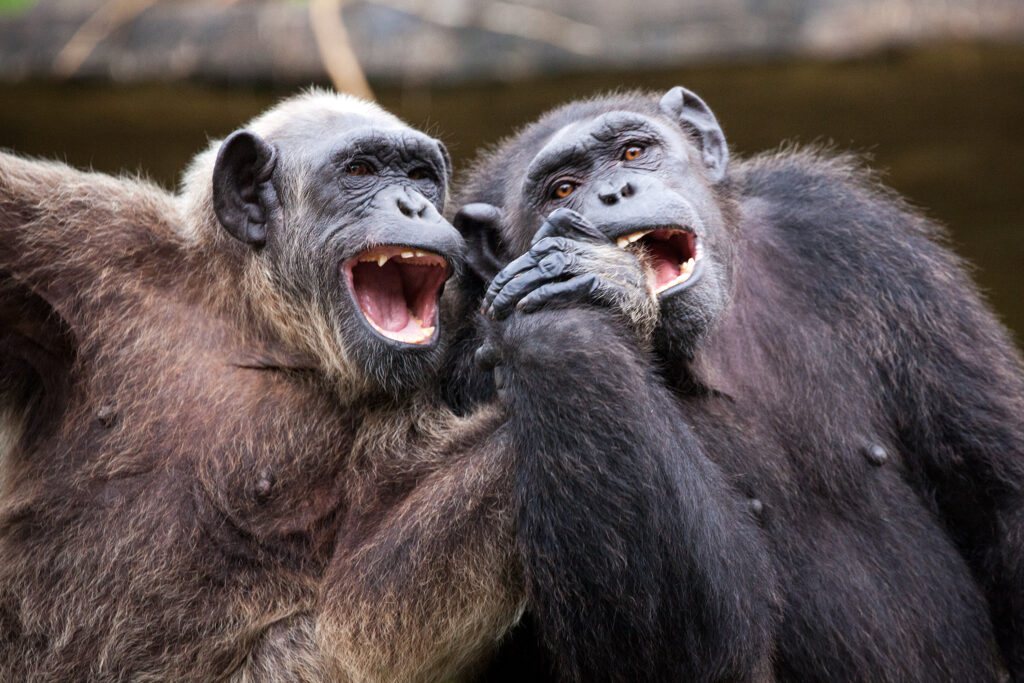
From chimpanzees chattering in leafy trees to gorillas with gentle ease, when a member is lost, a heavy air descends, their usual playfulness often suspends. They might groom the body, a tender act of care, a silent vigil, a love they still share. Their close-knit communities feel the empty space, a missing presence, a lingering trace. The social fabric frays, a visible despair, as they navigate a world with one less to bear.
Primatologists have observed various grieving behaviors in primates, including carrying deceased infants for days or weeks, vocalizations of distress, and changes in social interactions. These behaviors indicate a significant emotional attachment and a process of mourning. The complex social bonds within primate groups mean that the loss of an individual can have a ripple effect throughout the community, highlighting their capacity for grief and the depth of their familial connections.
Dolphins Weep
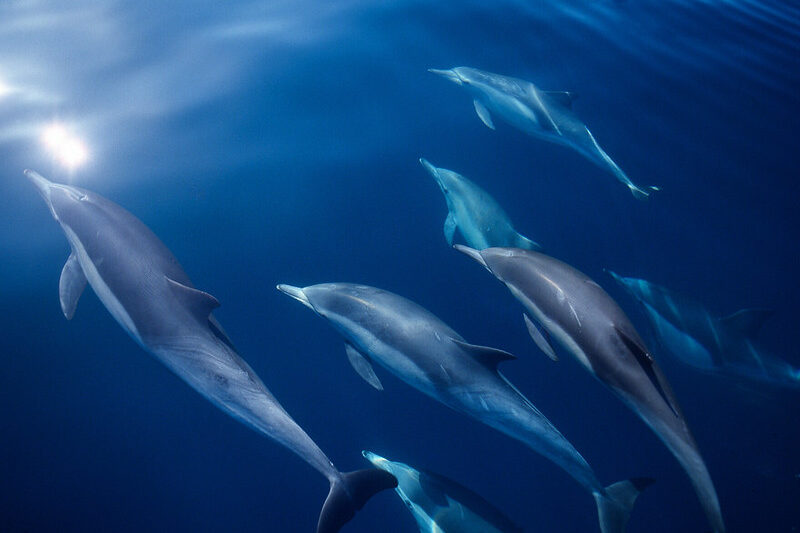
In ocean’s vastness, where echoes reside, a dolphin’s lament, they cannot hide. When a pod member is lost to the waves, a collective sorrow their behavior engraves. They might stay by the body, nudging with care, a silent farewell in the ocean air. Their intricate calls, once filled with glee, now carry a note of melancholy. The bonds they forge in their watery domain are strong and resilient, yet pierced by pain.
Marine biologists have documented instances of dolphins exhibiting what appears to be grieving behavior, such as staying with a deceased pod member, preventing the body from sinking, and emitting distress calls. These actions suggest a strong social cohesion and an emotional response to loss. The close-knit nature of dolphin pods and their complex communication abilities likely contribute to their capacity to experience and express grief when a member is lost.
Birds Bereaved
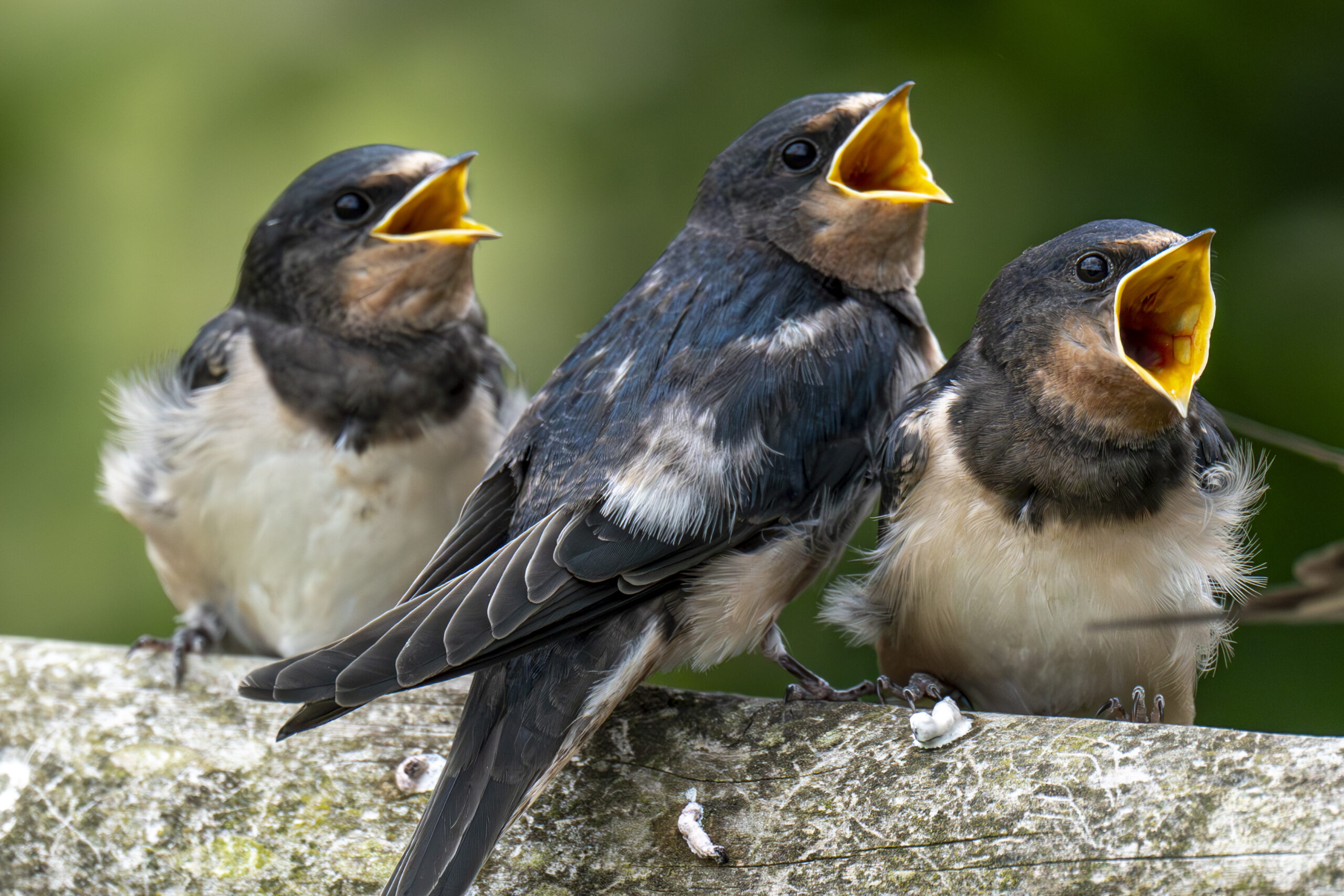
High in the branches, where melodies soar, a bird’s mournful song, we can’t ignore. When a mate disappears, or a chick takes flight too soon, their calls become lonely beneath the moon. They might search the skies with a desperate plea, a flutter of sadness for all to see. Their nests feel empty, their routines disrupted, a tiny heart broken, abruptly erupted with sorrow for the one who’s no longer near, a poignant reminder that love was held dear.
Ornithologists have observed various signs of grief in birds, particularly in species that form strong pair bonds. These signs can include changes in vocalizations, such as prolonged or altered calls, decreased activity, and failure to engage in typical mating or nesting behaviors. The loss of a mate or offspring can significantly impact a bird’s well-being, demonstrating their capacity for attachment and the emotional consequences of its disruption.
Neighs Filled with Woe
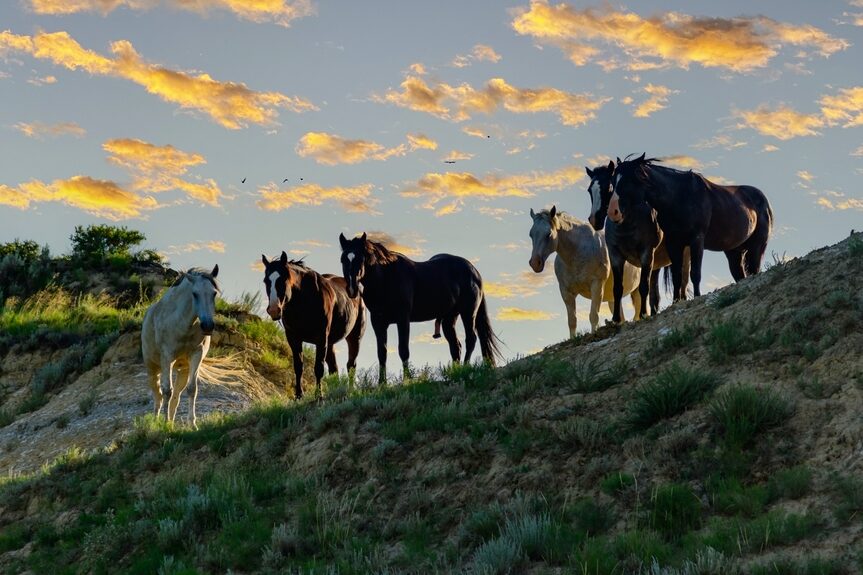
Across the green pastures, where wild spirits roam, a horse’s deep sorrow now makes its home. When a herd member falls, or a friend is no more, a palpable sadness echoes to the core. They might nuzzle the fallen, a gentle goodbye, a silent understanding in their intelligent eye. Their herd dynamics shift, a noticeable change, a void in their unity, a wider range of emotions displayed through soft whinnies and sighs, reflecting the depth of their social ties.
Equine behavior experts have noted that horses form strong social bonds within their herds and can exhibit signs of grief when a member dies. These signs can include changes in behavior such as restlessness, decreased appetite, and increased vocalizations. They may also show interest in the body of the deceased horse, suggesting a recognition of loss and a period of mourning within the herd.
Burrow Companion Missing
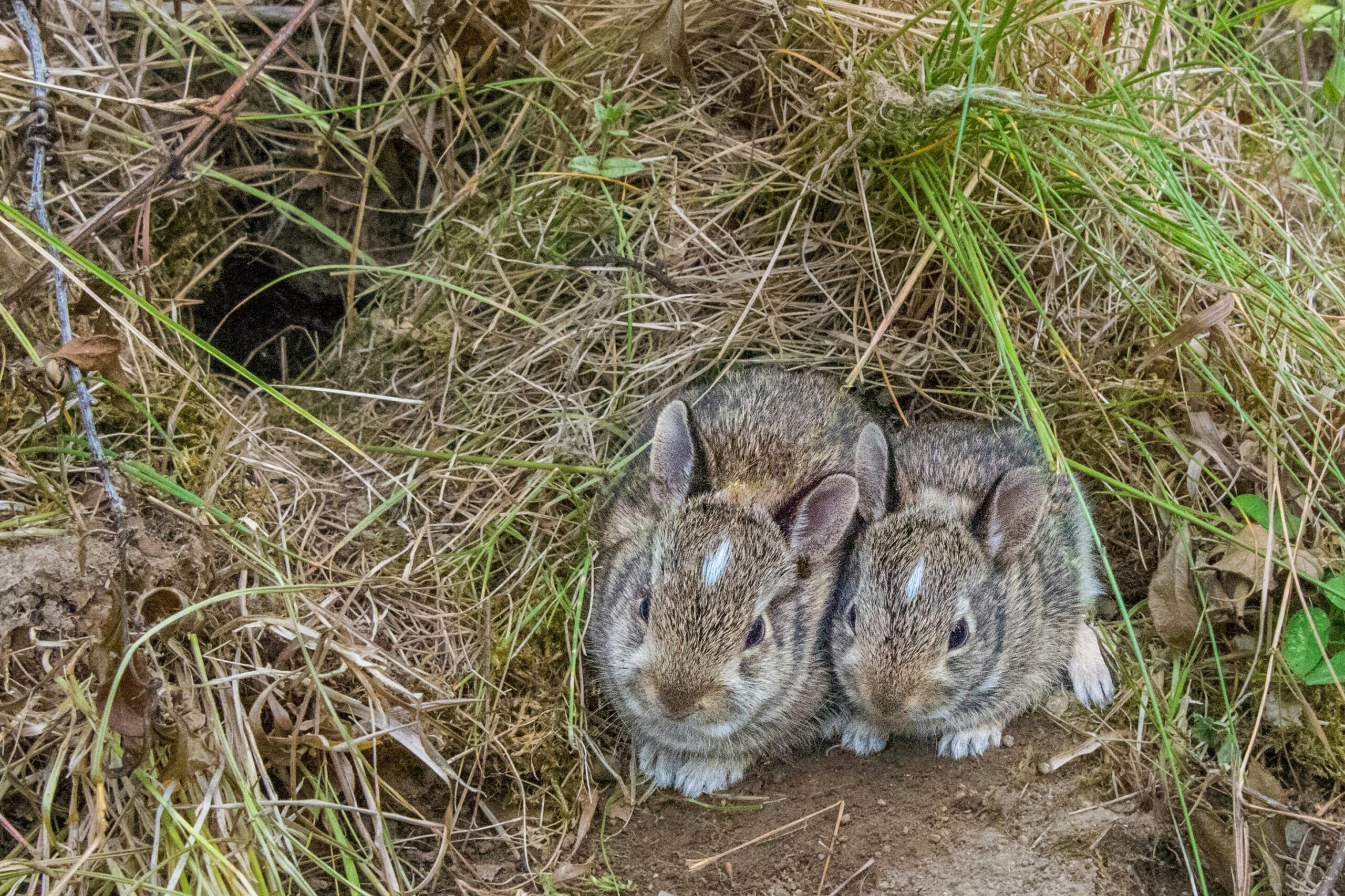
In cozy burrows, where families reside, a rabbit’s quiet grief, they cannot hide. When a huddle-mate is gone, the warmth feels less, a sense of unease and quiet distress. They might huddle alone, seeking comfort in vain, a gentle trembling, a lingering pain. Their playful hops and curious nudges cease, replaced by a stillness, a lack of peace. The familiar presence now just a memory, a subtle sadness for all to see.
Small mammal researchers have observed that social animals like rabbits can exhibit behavioral changes indicative of grief when a bonded companion is lost. These changes can include decreased activity, loss of appetite, and changes in social interactions within the group. The close physical proximity and social bonds within rabbit warrens suggest a capacity for experiencing and responding to the absence of a familiar individual.
Squeaks Turn to Silence
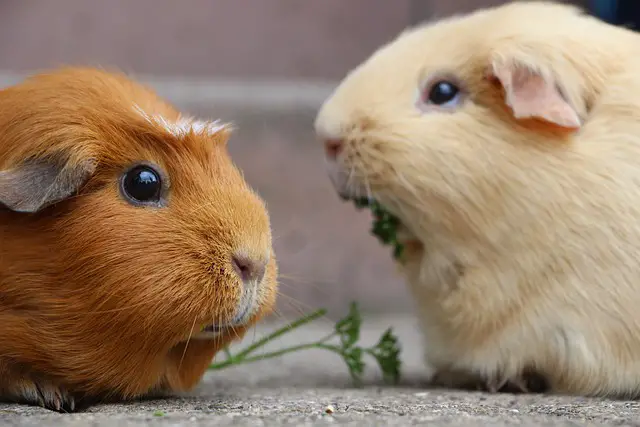
In their cozy cages, where wheeks fill the air, a guinea pig’s sadness is hard to bear. When a cagemate departs, the chorus is gone, leaving a silence that lingers on. They might huddle in corners, seeking solace alone, their usual chatter replaced by a mournful tone. Their shared meals and playful chases are no more, a quiet emptiness behind their door. The bond they formed in their small domain is broken, leaving behind a noticeable pain.
Studies on social rodents like guinea pigs have shown that they can form strong bonds with their cage mates and exhibit signs of distress when one is removed or dies. These signs can include decreased vocalizations, reduced activity, and changes in feeding habits. The social nature of guinea pigs suggests that the loss of a companion can have a significant emotional impact on their well-being.
Cheeks Feel Less Full
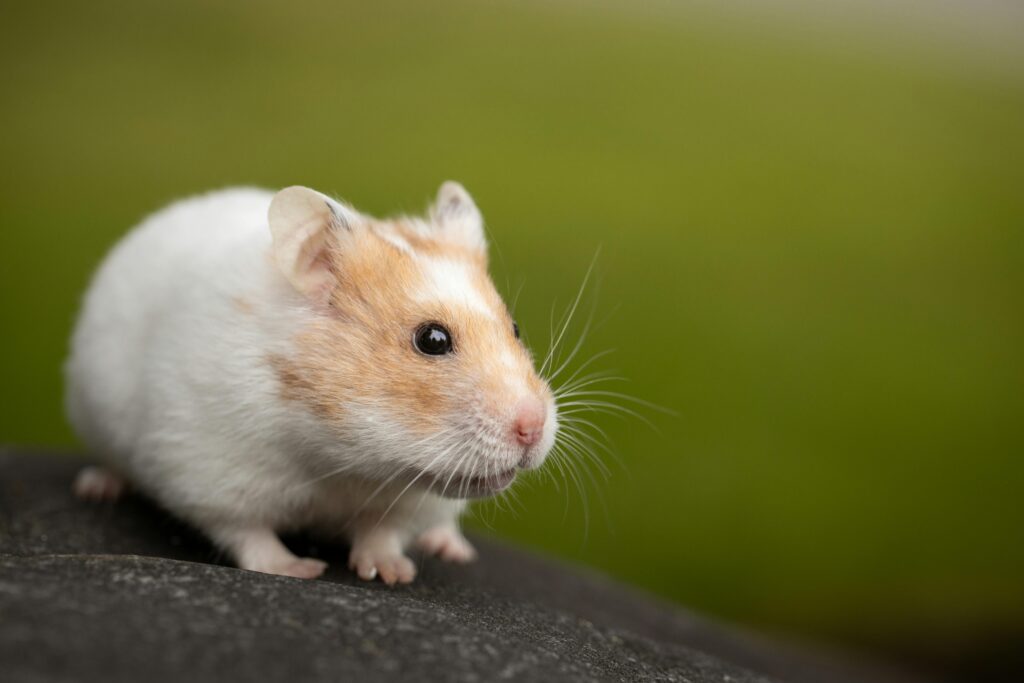
In their tiny worlds, where tunnels they weave, a hamster’s deep sorrow, it’s hard to believe. When a nest mate is gone, the burrow feels bare, a sense of loneliness beyond compare. They might hoard less food, their routines disrupted, a quiet stillness where play had erupted. Their nocturnal wanderings might lose their spark, a tiny heart heavy in the dark. The familiar scent now starts to fade away, leaving a hamster in disarray.
While often solitary, some hamster species can form bonds, particularly when raised together. Researchers have observed that the removal or death of a familiar hamster can lead to changes in behavior in the remaining individual, such as decreased activity, altered sleeping patterns, and reduced exploration. These subtle changes may indicate a response to the loss of a known presence in their environment.
Reptiles Still and Somber

In their enclosed habitats, where life moves slow, a reptile’s reaction to loss, we may not know the full extent, but subtle changes appear when a tank mate is gone, a sense of the atmosphere feels withdrawn. They might stay in one spot, less inclined to roam, a quiet stillness within their glass home. Their usual basking might lose its appeal, a subtle shift in how they feel. Though often perceived as less social, the absence can create a void, a change in their world, however subtly employed.
Herpetologists suggest that while reptiles may not exhibit grief in the same way as mammals or birds, they can be sensitive to changes in their environment, including the absence of a familiar tank mate. Subtle behavioral changes such as decreased activity, altered feeding patterns, or changes in basking behavior might be observed, indicating a response to the change in their surroundings.
Fish Floating Quietly
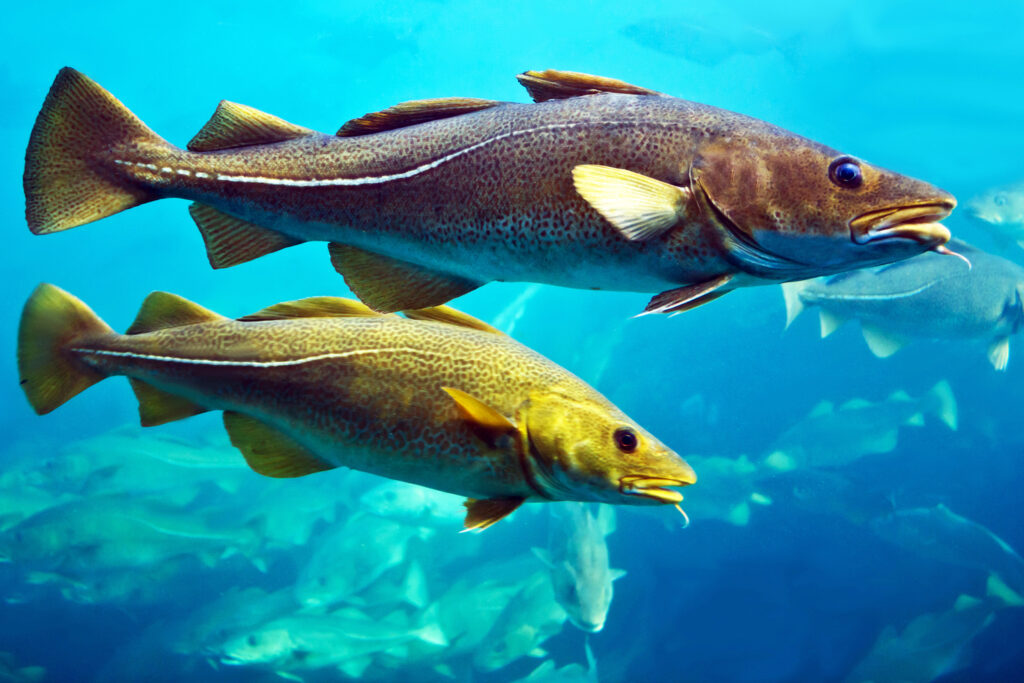
In the shimmering depths, where schools gently sway, a fish’s reaction when loss comes their way. When a member is missing from their fluid domain, a subtle shift in their patterns we gain. They might swim less cohesively, their movements astray, a quiet disruption in their watery ballet. Their synchronized dances might lose their precision, a subtle alteration in their social cohesion.
Though their emotional world is less understood, the absence can ripple through the school, it’s construed as a change in their collective well-being, subtly imbued. Fish behaviorists have observed that social fish species can exhibit changes in their schooling behavior and activity levels when a member of their group is removed. While the extent to which fish experience grief is still debated, their sensitivity to social cues and changes in their environment suggests that the loss of a familiar individual can have a noticeable impact on the group’s dynamics.


